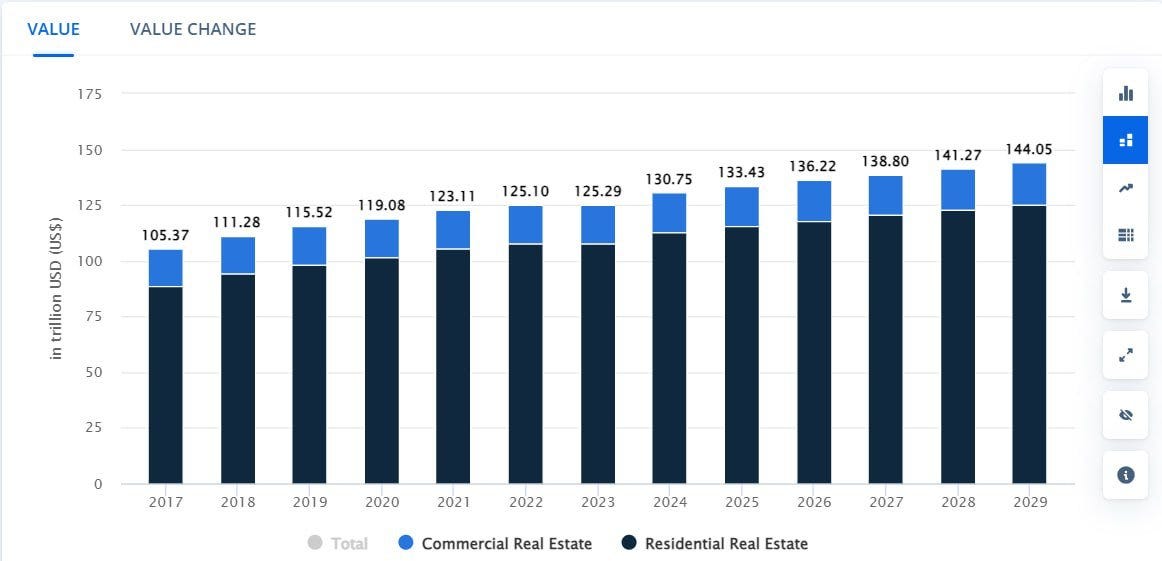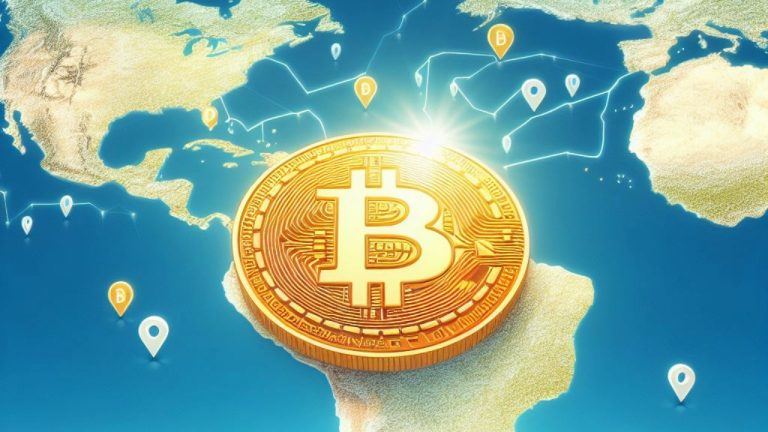In today’s digital age, the appeal of building decentralized applications (dApps) over traditional centralized apps is growing. As the tech world evolves, decentralization offers unique advantages that are hard to ignore, particularly when compared to the hurdles developers face with centralized platforms like Apple’s App Store or Google Play.
 Dapps: No central point of failure
Dapps: No central point of failure1. Avoid the Gatekeepers of Traditional App Stores
When building a traditional mobile app, especially for iOS, developers often run into several roadblocks. Apple’s App Store, in particular, is infamous for its stringent guidelines, long review processes, and high commission fees (up to 30% on in-app purchases).
- Cumbersome Approval Process: Developers must submit their app for approval, which can take weeks or even months, with the constant risk of rejection. Criteria often feel arbitrary, leading to frustrating delays. For example, apps that deal with cryptocurrency or finance are frequently scrutinized more harshly, delaying launches and limiting features.
- Geographical Restrictions: Even after approval, app stores like Apple and Google can limit the regions where your app is available. Whether due to political, regulatory, or internal reasons, your app may not reach users in key markets like China, Russia, or even smaller regions based on app store policies.
In contrast, dApps operate on decentralized blockchain networks, bypassing these gatekeepers. A dApp, once deployed, is globally accessible and immune to the restrictions and approval bottlenecks of centralized app stores. Developers can release updates seamlessly without worrying about app store re-approvals.
2. Unmatched Security and Control
Centralized apps rely on servers, making them vulnerable to cyberattacks or outages. For example, cyberattacks targeting app providers like Equifax and Yahoo exposed the personal data of millions of users. With dApps, this risk is mitigated because the data is distributed across a blockchain network, eliminating single points of failure.
- User Control: In a traditional app, users trust a central authority with their data and assets, which can be breached or misused. With dApps, users maintain full ownership of their data and assets through self-custody and encryption. This has proven vital in industries like finance, where decentralized finance (DeFi) apps allow users to maintain control over their funds, reducing dependency on third parties like banks or payment processors.
3. Censorship Resistance
Another major limitation of centralized apps is the potential for censorship. Whether due to government pressure or internal policies, app stores can remove or restrict access to apps that don’t comply with their standards. For example, apps like Parler were removed from both Apple and Google Play for hosting controversial content.
In contrast, dApps are censorship-resistant. Because they run on decentralized blockchain nodes, it’s nearly impossible for a single authority or entity to block or restrict access. This makes dApps appealing for applications where freedom of speech, privacy, or political neutrality is essential.
4. Tokenization and Economic Incentives
dApps have built-in mechanisms for rewarding users through tokenization. Tokens can be used to create incentive-driven ecosystems, allowing developers to distribute tokens as rewards for engaging with the app, participating in governance, or contributing content. This has led to the growth of ecosystems like Ethereum, where users and developers collaborate to build and maintain decentralized applications without the need for a middleman.
In a traditional app, economic incentives are often limited to in-app purchases or ads, which are heavily taxed by platforms like iOS and Google Play. In contrast, dApps can introduce decentralized finance (DeFi) principles to enable users to trade or stake tokens, providing a new level of engagement that is impossible in centralized systems.
5. Global Accessibility Without Restriction
Another key advantage of dApps is their global accessibility. With a traditional app, geographical and regulatory hurdles can limit where and how an app is deployed. Developers may need to comply with various international standards or risk being banned in certain regions, limiting user growth.
dApps, however, run on blockchain, and the decentralized nature of blockchain technology ensures that they are accessible globally without the need for regional compliance with centralized app stores. This is particularly useful for finance apps, where global access to decentralized banking and financial services provides an enormous opportunity for users in underserved markets.
6. Reduced Operating Costs Long Term
Building and maintaining a centralized app means continuously paying for server infrastructure, maintenance, and security measures. This can add up over time, especially as the user base grows. On the other hand, dApps are hosted on a decentralized network, eliminating the need for costly server maintenance. Once deployed, a dApp’s operational costs are often much lower since there is no need for a middleman or central infrastructure to handle transactions or data storage.
7. Resilient Innovation and Open Source Potential
The collaborative, open-source nature of many dApps allows for faster innovation. Instead of relying on a central team to develop and manage the app, the dApp community can actively contribute to its development. This community-driven approach ensures that the app evolves based on real user needs, not just corporate priorities.
For instance, Ethereum and QIE blockchain ecosystems allow developers to build on top of one another’s work, creating a rich, interconnected dApp ecosystem. This interoperability between dApps is a key differentiator from traditional apps, which are typically closed off within their own ecosystems. QIE Blockchain just offers lower network fees so users can benefit from less slippage in transactions.
Conclusion: The dApp Advantage
While building a traditional app offers simplicity and access to large user bases, decentralized apps (dApps) offer freedom from centralized control, greater security, lower long-term costs, and global reach without restrictions. For developers aiming to build innovative, user-centric, and future-proof applications, dApps represent a powerful alternative to the restrictive, fee-heavy, and geographically limited nature of centralized app ecosystems like Apple’s iOS and Google Play. By embracing decentralization, developers can tap into the future of open, permissionless innovation. Developers should build on the QIE blockchain because its lower gas fees, faster settlement times, and zero network downtime offer a highly efficient and scalable environment, eliminating congestion and reducing costs, making it the optimal solution for building decentralized applications.
www.qie.digital
Why Build a Decentralized App (dApp) Instead of a Traditional App? was originally published in The Capital on Medium, where people are continuing the conversation by highlighting and responding to this story.

 11 hours ago
9
11 hours ago
9





 English (US) ·
English (US) ·